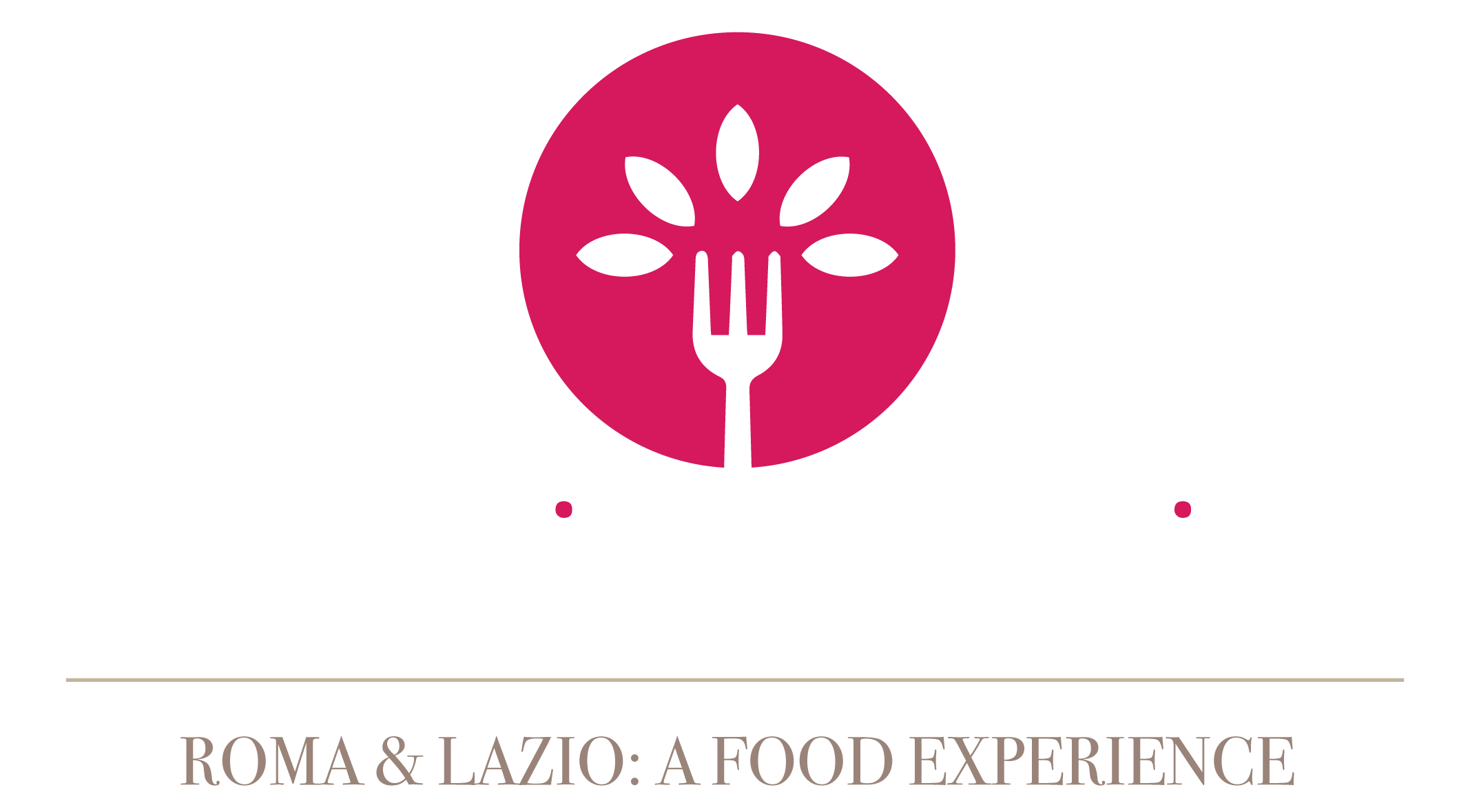Roma and Valle del Tevere
By ‘Valle del Tevere’ we mean a large area that extends from the border with the Sabina to the south east of Rome where it borders the Valle dell’Aniene and the Castelli Romani and Monti Prenestini. In particular, in the north east of Rome, we find a very large oil production, which can also be found in the province of Rieti.
Typical products of excellence
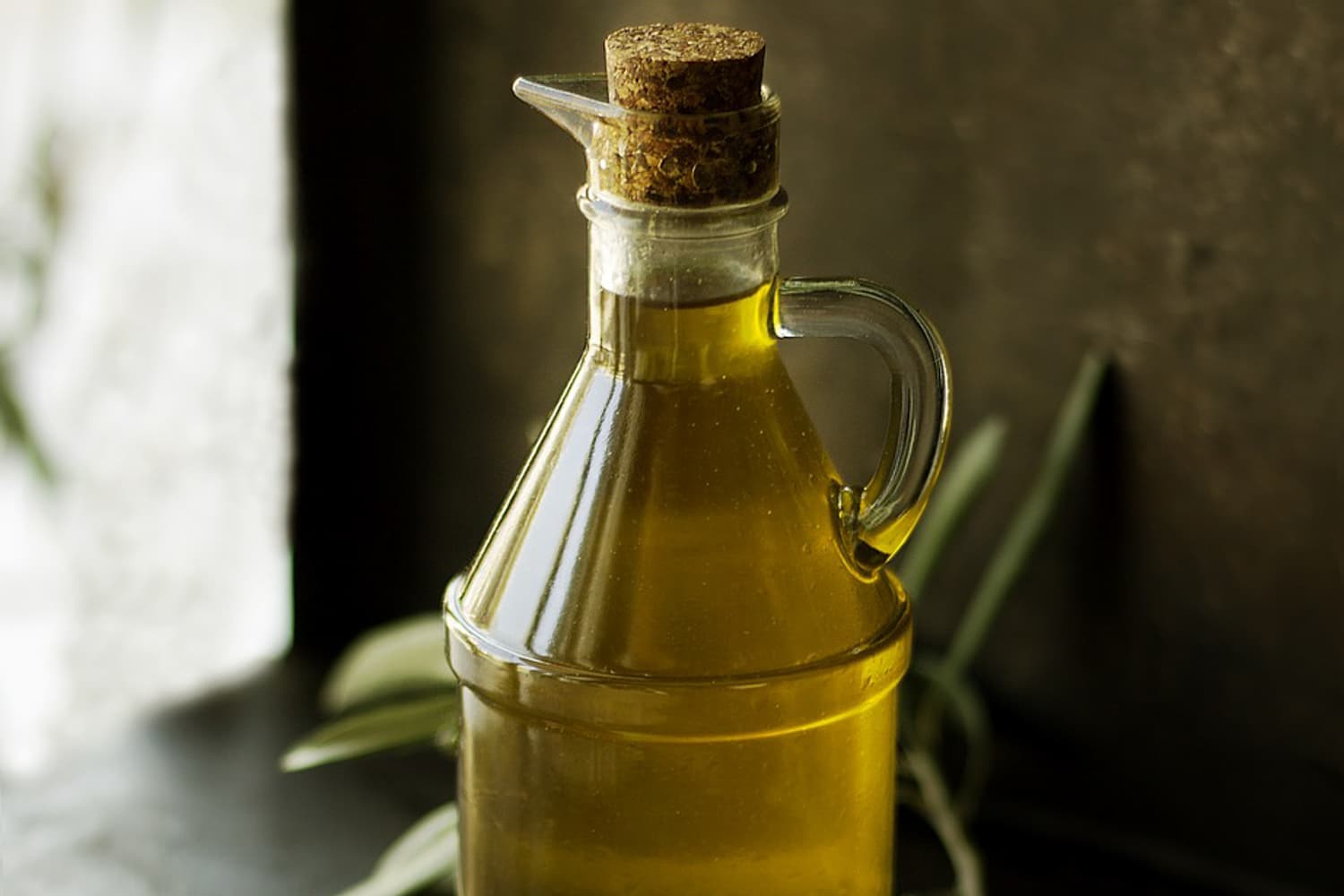
Olio mono varietale extravergine di Itrana
Mono varietal extra virgin olive oil of Itrana cultivar which has a green color tending to opaque yellow, light-medium ripe fruity and delicate and soft taste with light bitter notes and a more perceptible spiciness in closing. The Itrana is suitable for low density implants; the form of fostering mostly used is the policonic, bush type.
Production areas:
Nerola (RM), San Gregorio da Sassola (RM), Intera provincia di Latina
Quality marks:
PAT

Olio extravergine di oliva Sabina DOP
The extra virgin olive oil Sabina is obtained exclusively from the varieties Carboncella, Leccino, Raja, Frantoio, Moraiolo, Olivastrone, Salviana, Olivago, Rosciola for at least 75%. Other olive varieties present in the olive groves may contribute, up to a 25% maximum. The olive harvest is carried out from the beginning of the veraison, generally no later than the month of December. The oil has a golden yellow color with shades of green for very fresh oils, a fruity smell, a velvety, uniform, aromatic, sweet and bitter taste. The maximum total acidity expressed in oleic acid, by weight, does not exceed 0.7 g per 100 g of oil.
Production areas:
Guidonia Montecelio (RM), Marcellina (RM), Mentana (RM), Monteflavio (RM), Montelibretti (RM), Monterotondo (RM), Montorio Romano (RM), Moricone (RM), Nerola (RM), Palombara Sabina (RM), San Polo dei Cavalieri (RM), Sant’Angelo Romano (RM) e Provincia Di Rieti.
Quality marks:
DOP
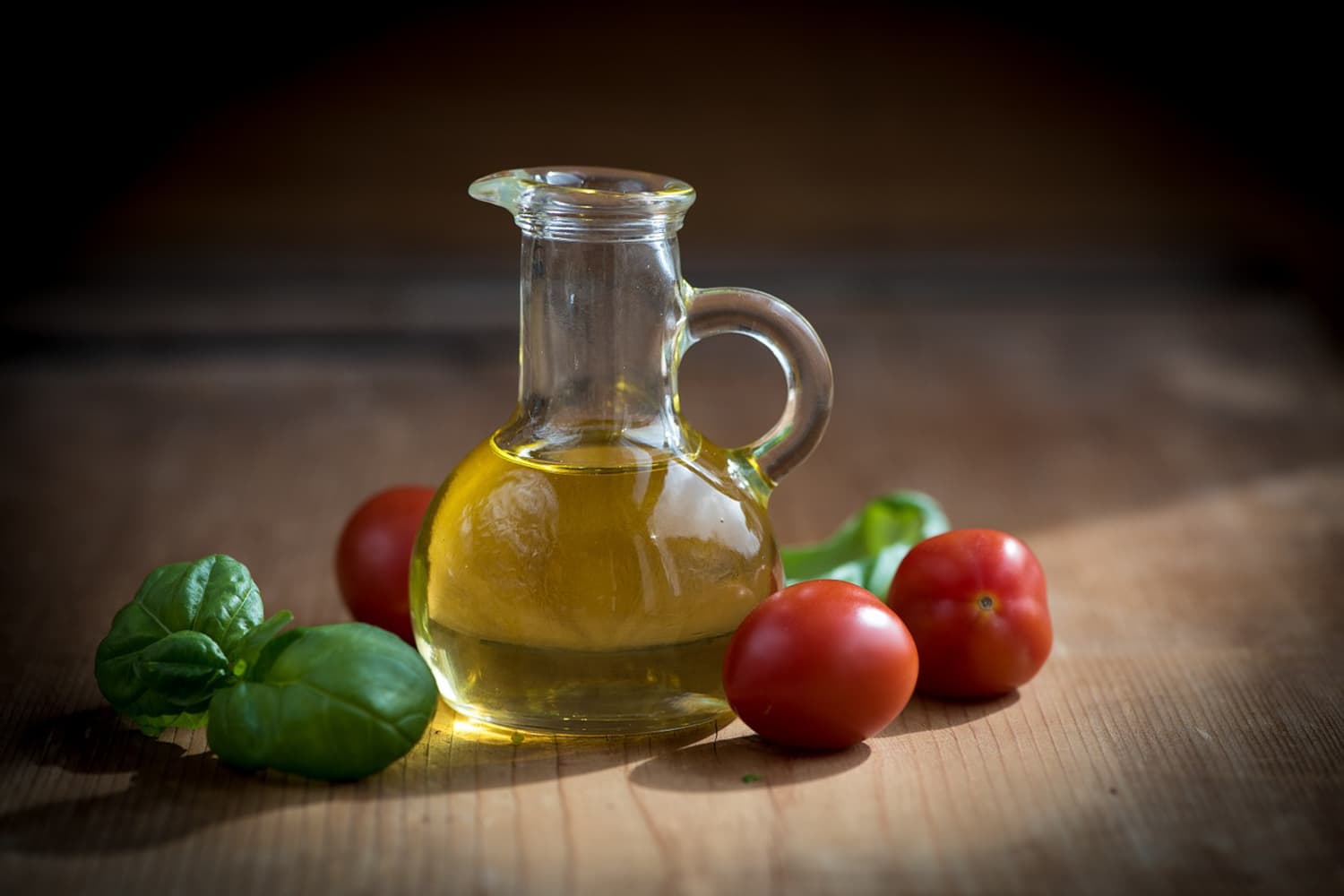
Olio mono varietale extravergine di Salviana
Single varietal extra virgin olive oil of the Salviana cultivar, which has a clear yellow color, medium fruity with bitter-spicy peaks; good structure. The cultivation of the Salviana cultivar and the oil that derives from it have now been part of the history and culture of the Sabine territory (province of Rieti and Rome) since ancient times. There are olive trees dating back to Roman times; many Salviana plants date back to 1890.
Production areas:
Nerola (RM)
Quality marks:
PAT
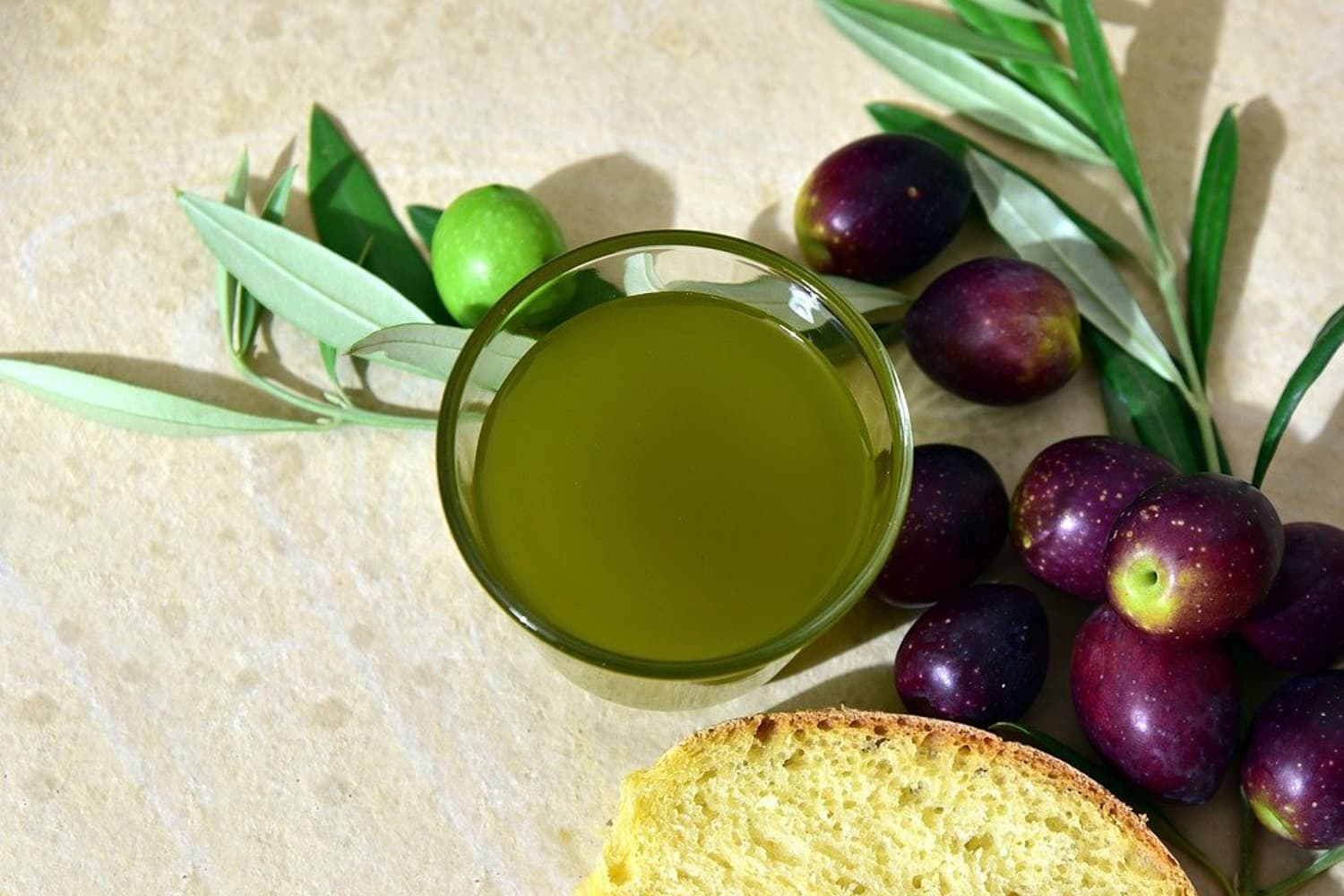
Olio mono varietale extravergine di sirole
The sirole olive oil, ecotype present in the Soratte area, has the following characteristics: color from yellow to light green, light fruity smell and an aromatic, sweet fruity, slightly bitter and spicy flavor for very fresh oils.
Production areas:
Civitella San Paolo (RM), Fiano Romano (RM), Ponzano Romano (RM), Sant’Oreste (RM)
Quality marks:
PAT
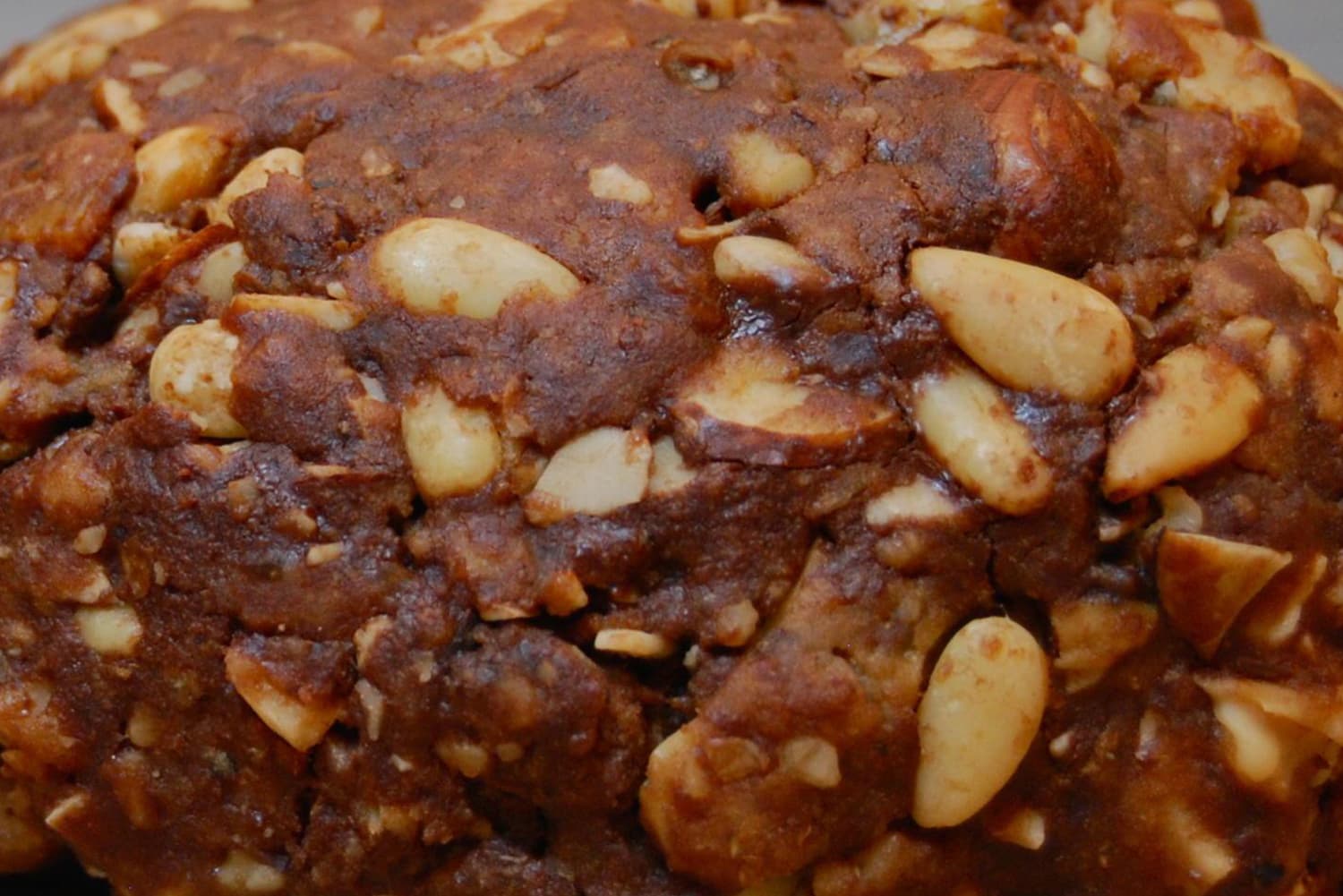
Panpepato
Sweet with a hard consistency, conical pyramidal shape, dark brown in color, characterized by a particular spicy aftertaste. Its main ingredients are dried fruit, honey and cooked must. A pile of dried fruit is arranged in layers with chocolate, candied fruit and raisins and the flour is sprinkled on it, impregnating the ingredients with honey and cooked must. After having repeatedly mixed by hand until a fairly homogeneous amalgam is obtained, it is left to rest for at least 24 hours. From the dough are obtained then loaves, always worked by hand, weighing approximately 450 grams which are placed in a wood oven for about 45 minutes.
Production areas:
Capranica Prenestina (RM), Anagni (FR)
Quality marks:
PAT
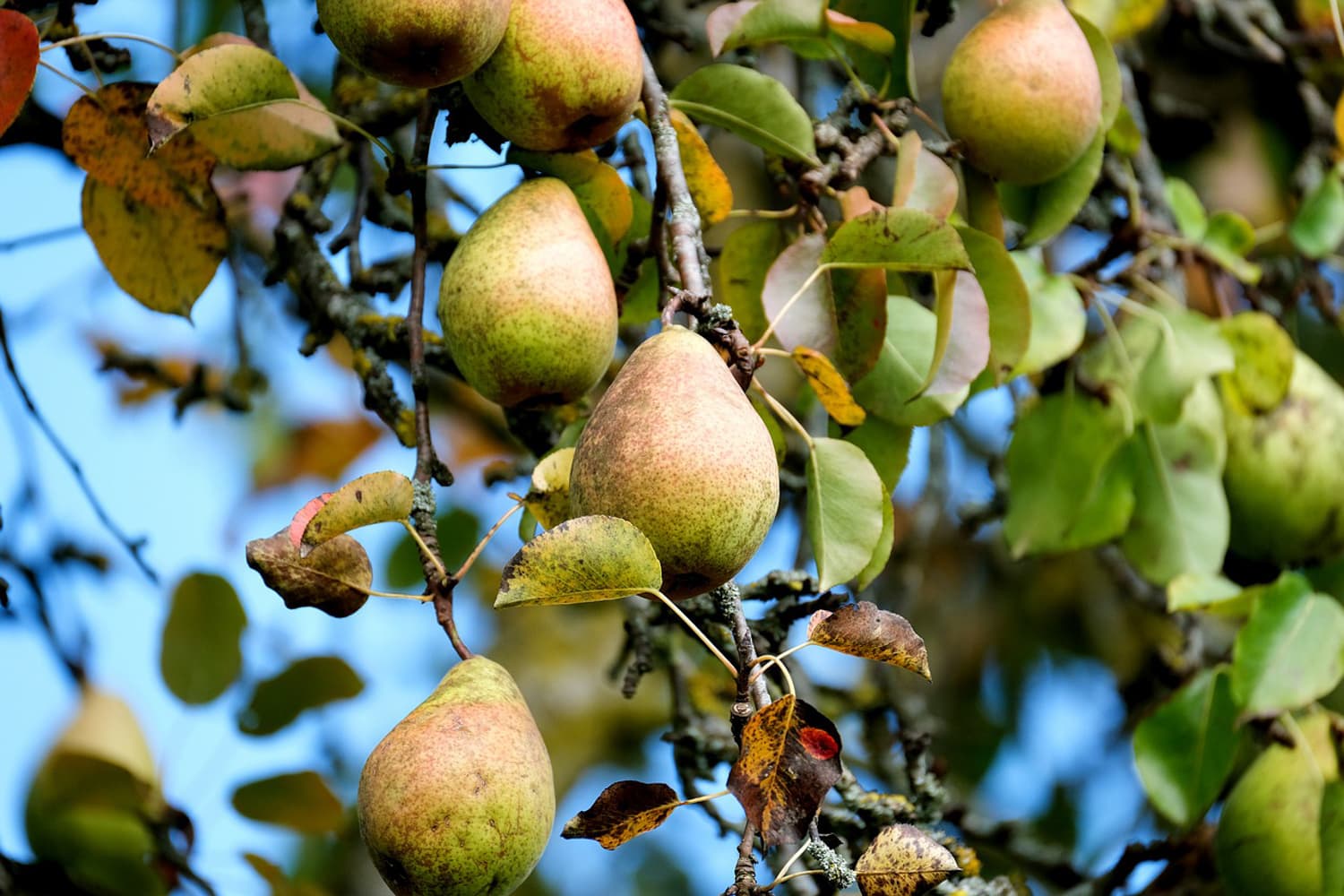
Pera Spadona di Castel Madama
The Spadona Pear of Castel Madama has been protected since 2009 by regional law 15/2000 as a heritage of agricultural biodiversity today at risk of genetic erosion. The fruit is of medium size, shape piriform-elongated. The skin color is greenish-yellow and presents itself smooth, with small and numerous lenticels, thick and absent russeting; white pulp, medium firm with medium fine texture, dark, juicy, medium flavor.
Production areas:
Castel Madama (RM)
Quality marks:
PAT
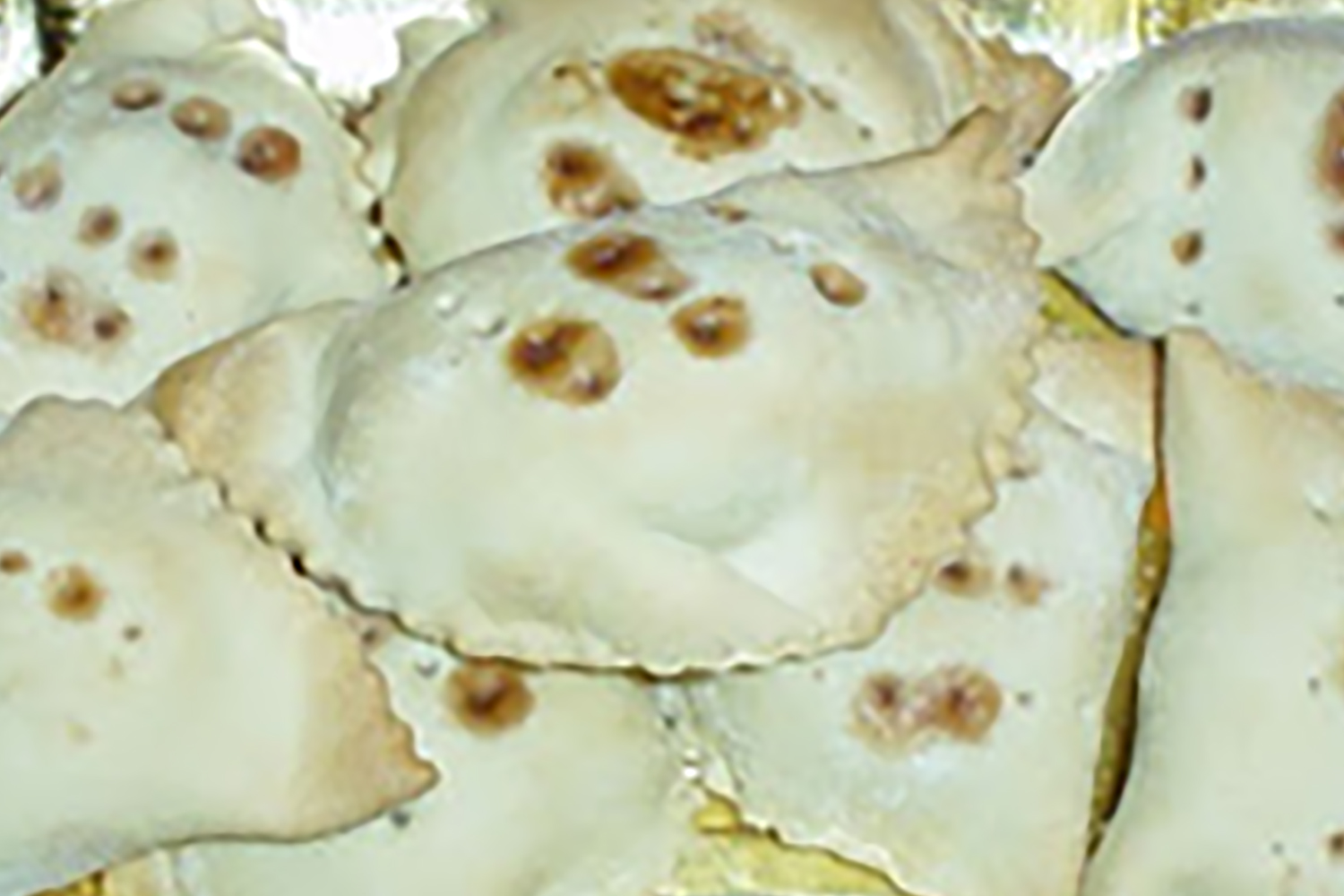
Cacione di Civitella S. Paolo
Panzerotto (ravioli-shaped) filled with pumpkin pulp, ground almonds and hazelnuts, bitter cocoa powder, cinnamon, vanillin, liqueurs and natural flavors. Cacione di Civitella San Paolo is a dessert prepared for the Christmas holidays.
Production areas:
Civitella S. Paolo RM
Quality marks:
PAT
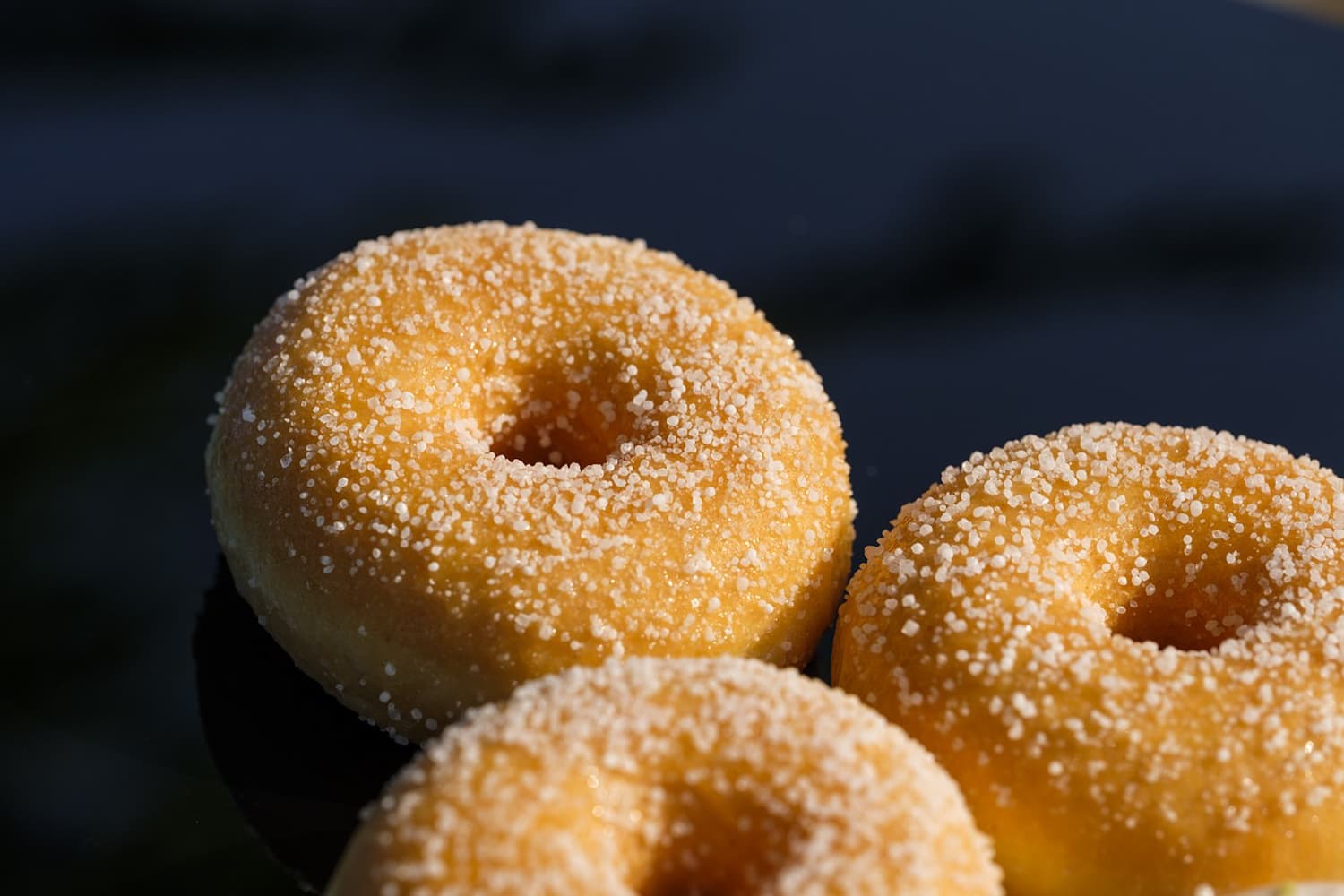
Ciammellocco di Cretone
The Ciammellocco of Cretone, particularly rich in ingredients such as flour, yeast of ancient production, anise, olive oil, white wine, grated lemon peel and juice, anisette liqueur, mistrà, salt, baking powder, eggs, is characterized by a natural and rather long leavening. It takes about two days to prepare, it has a classic donut shape, crumbly, yellowish interior color and exterior color of a golden brownish dark and not particularly sweet of taste with a prevailing hint of anise. The production takes place throughout the year and especially during religious holidays.
Production areas:
Palombara Sabina (RM)
Quality marks:
PAT
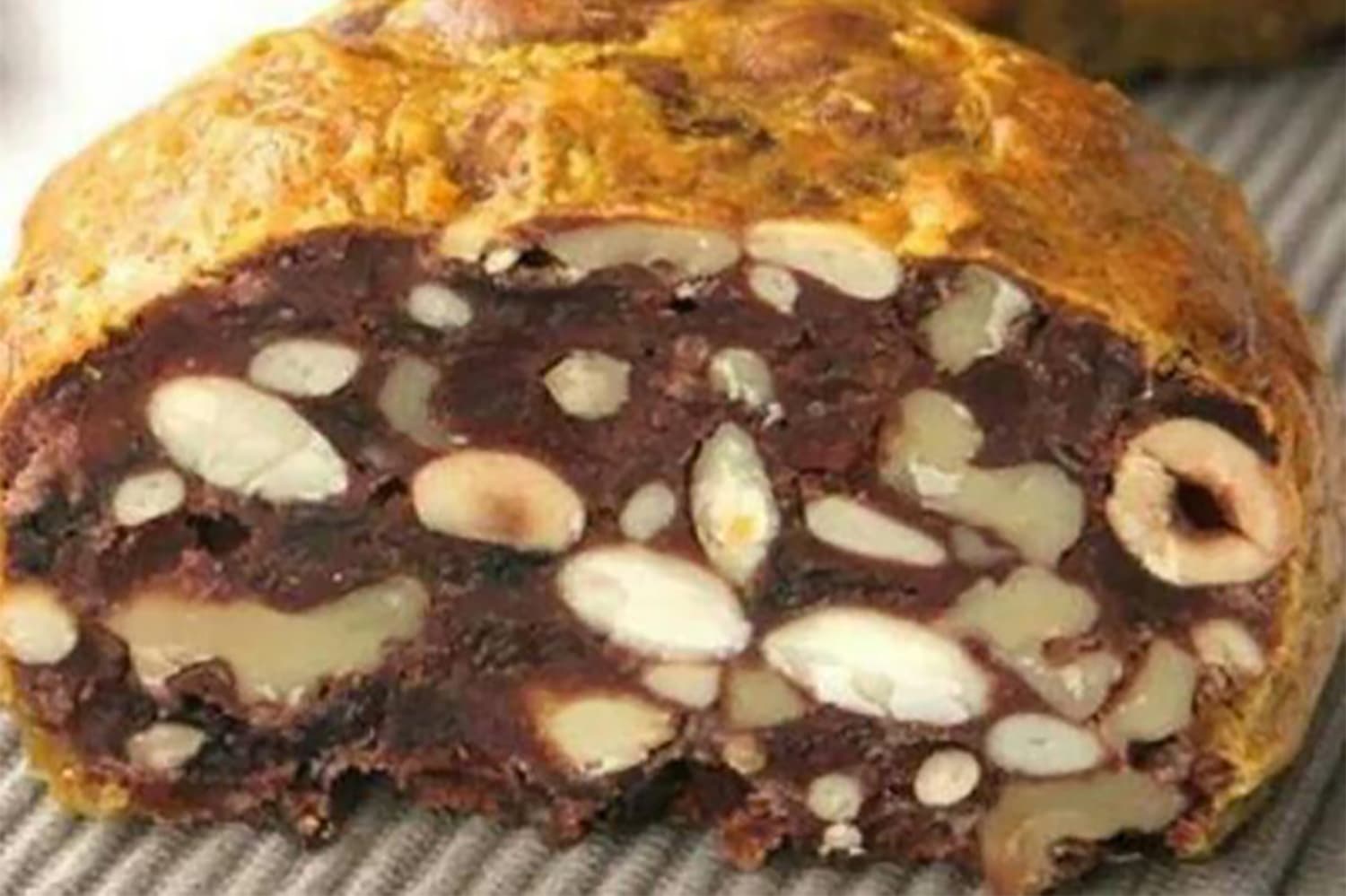
Pangiallo
Sweet with a rounded or domed shape, amber in color, with a flavor of almonds, nuts and cocoa. The main ingredients are: flour, walnuts, hazelnuts (gentile romana), almonds, pistachios, dried figs, honey, pine nuts, candied fruit (cedar, orange), raisins, eggs, unsweetened cocoa powder, flaked chocolate, wildflower honey, alchermes liqueur, extra virgin olive oil and yeast.
Production areas:
Forano (RI), Capranica Prenestina (RM), Nazzano (RM), Roma (RM)
Quality marks:
PAT
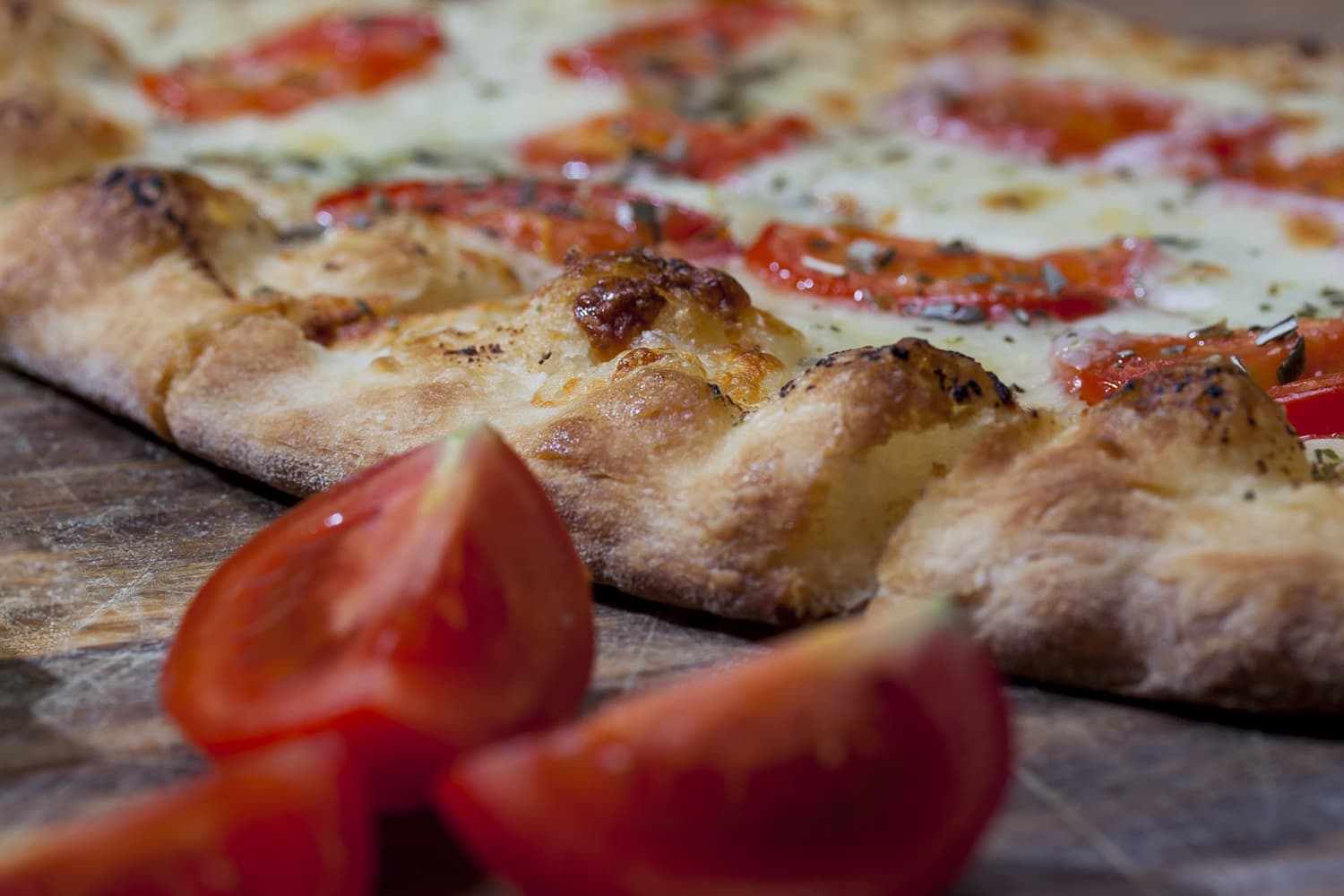
Pizza bbotata
Pizza bbotata (rolled up) is prepared with 00 flour, water, whole eggs, brewer’s yeast, salt and a little extra virgin olive oil. It has a rolled shape (from the dialect “bbotata”) like a swivel. The dough is kneaded manually, preferably on a marble surface, until a compact and homogeneous consistency is reached. The leavening phase follows at room temperature for the time necessary to reach double the volume of the dough. After rising, the dough is divided into small loaves that are rolled out with a rolling pin to form a thin sheet. The pastry is then sprinkled with extra virgin olive oil and rolled up (“bbotata”) to form a cord which is then turned on itself to form a swivel.
Production areas:
Sant’Angelo Romano (RM)
Quality marks:
PAT
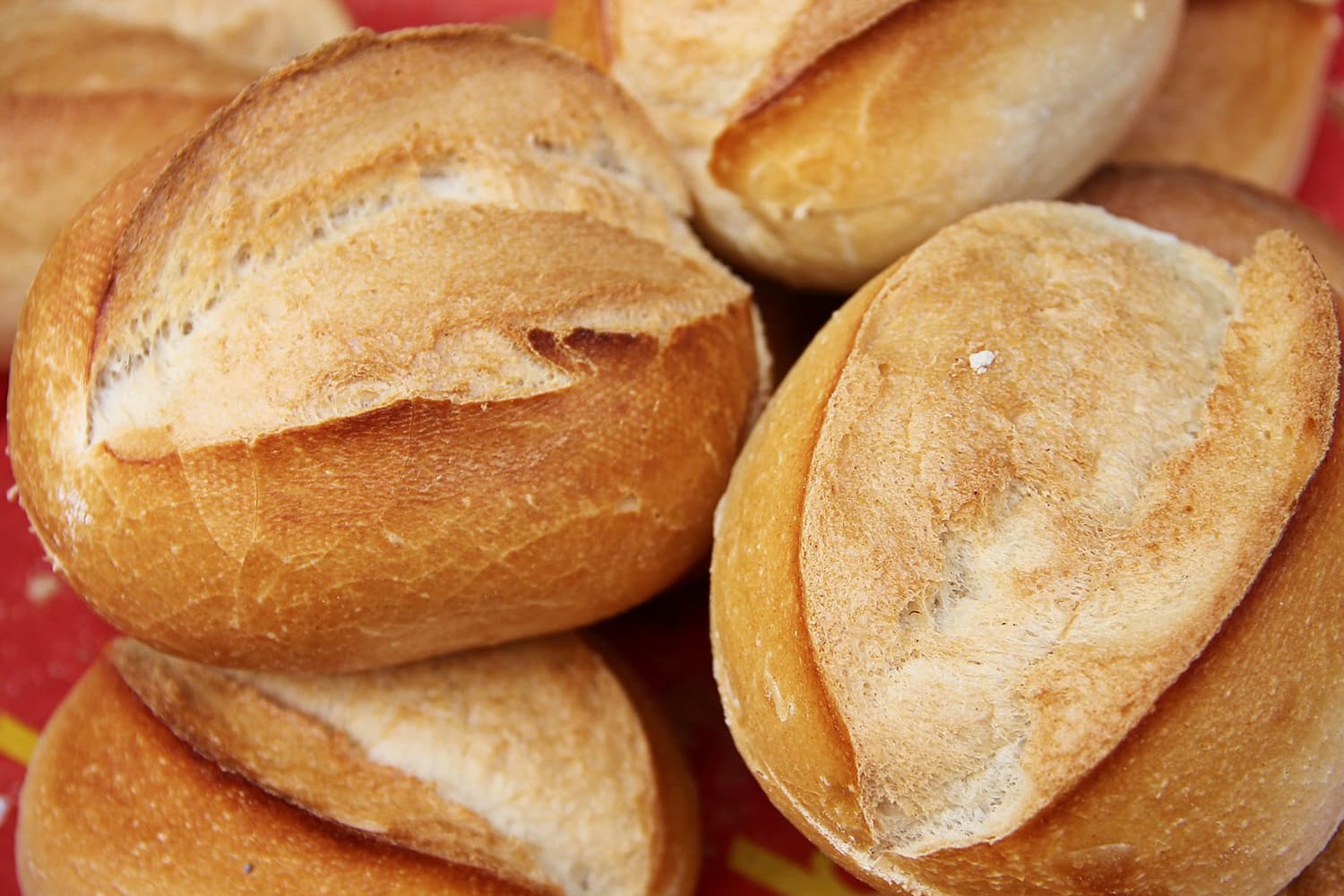
Cacchiarelle
White pizza, made with type 00 flour, brewer’s yeast, natural yeast (called biga), water and salt. The dough pressed with elongated hands is baked in a wood oven. The crust has a light golden color with an irregular and gibbous appearance as a consequence of the crushing carried out with the fingers.
Production areas:
Montelibretti (RM)
Quality marks:
PAT
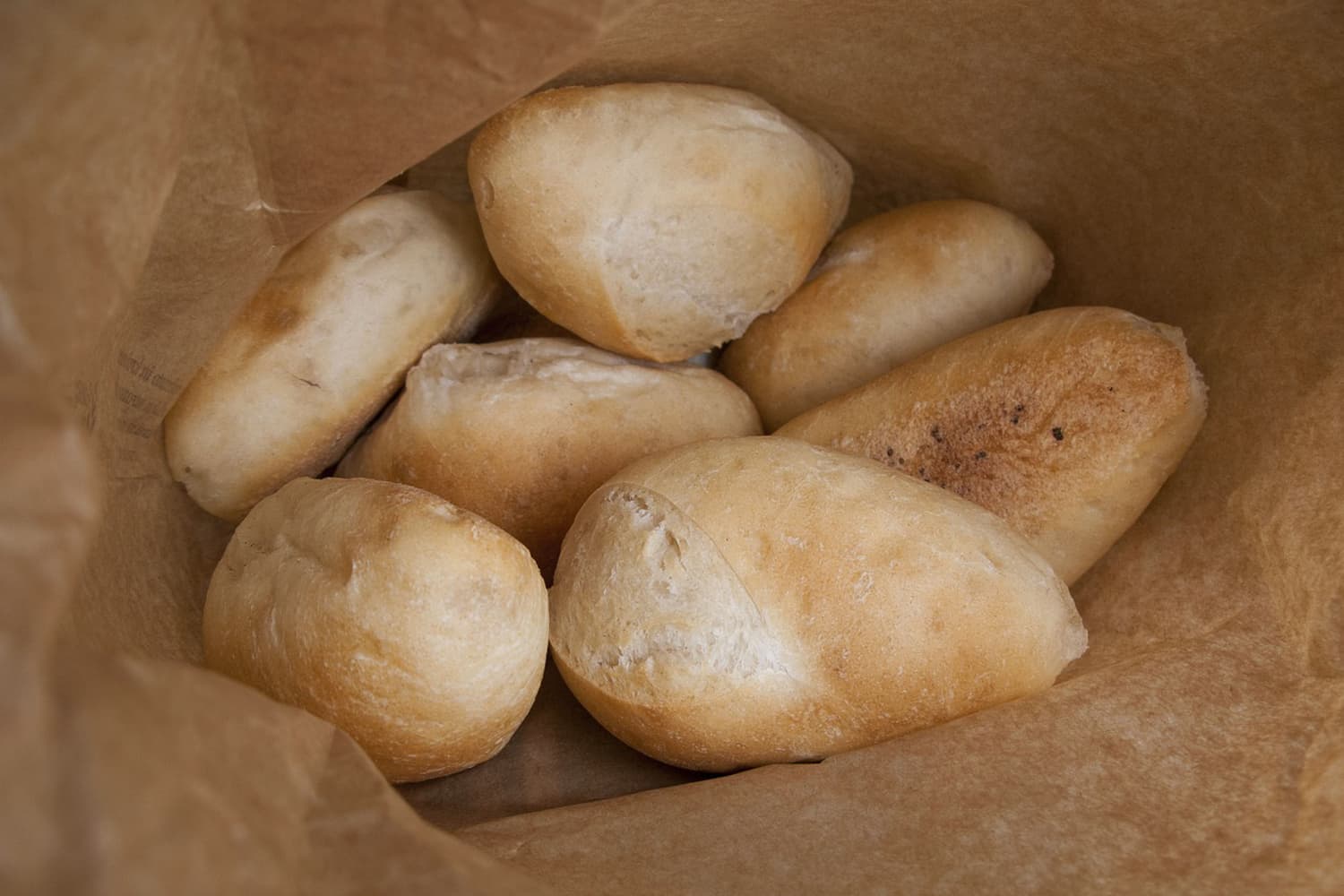
Pane casareccio di Montelibretti
Bread prepared with type 00 flour, brewer’s yeast, natural yeast (called “biga”), water and salt. It is cooked in a wood oven. The shape is round loaf or “a filone”. The rind has a light golden color and the paste is white with rather large holes.
Production areas:
Montelibretti RM
Quality marks:
PAT

Mistrà
The Mistrà is a liqueur obtained by distillation of alcohol, water, star anise and other natural aromas obtained by herbal infusions. It is characterized by a 42° alcoholic content, a sweet taste a remarkable olfactory intensity, with strong floral and vegetal scents of the anise. The star anise belongs to the family of the Illiciaceae and owes its name to the star shape that characterize its 8 little fruits. It was imported in the West only, towards the end of the 1600, passing by Russia.
Production areas:
Roma (RM)
Quality marks:
PAT
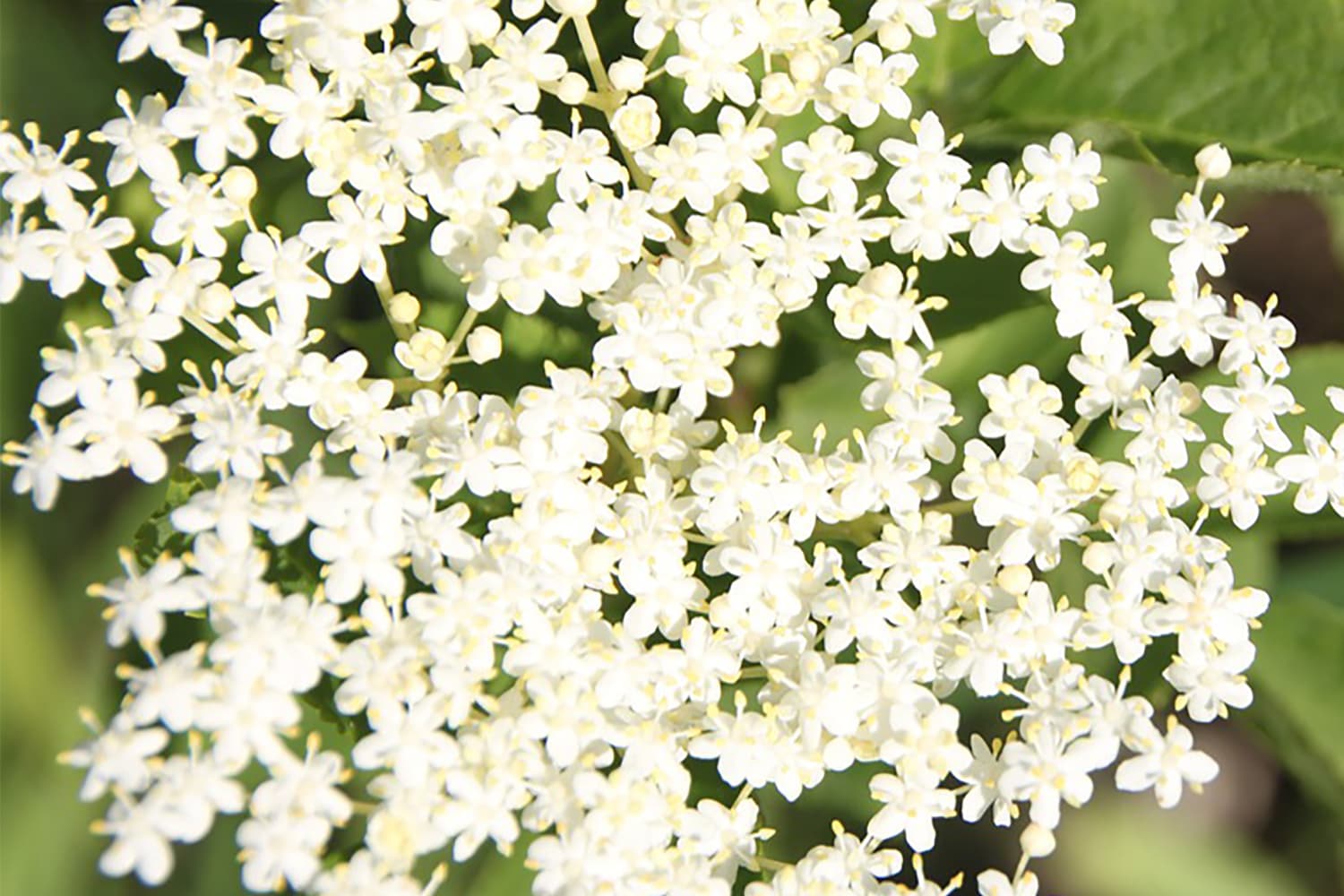
Sambuca romana
The base of the Roman Sambuca is formed by essential oils that originate from the steam distillation of the star anise seeds and the green anise, that confer to the liqueur an intense anise scent, all of this added to a concentrated mixture of sugar, elderberry, coriander and other natural aromas. The alcoholic content is 40°. It was imported in the West only at the end of the 1600, passing through Russia. The green anise, instead, of the family of the Apiceae, is a annual plant, 60 cm tall, with little whiteyellowish flowers that originate small oval seeds characterized by a persistent scent. It is indeed the most known anise in the West continent.
Production areas:
Roma (RM)
Quality marks:
PAT
Selection of manufacturing companies
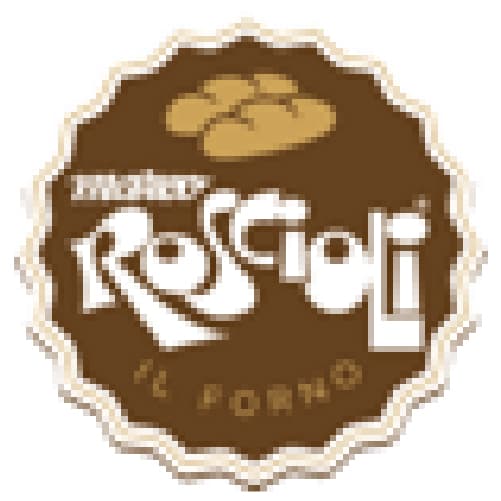
Antico Forno Roscioli
Bakery founded in 1972
Category: Fresh pasta, pastry and bakery products
Main products:Bread, Roman-style focaccia in a pan, bread of Lariano, bread of Genzano di Roma, sweets
Office: Via dei Chiavari, 34 – 00186 Roma RM- Tel. 06 686 4045 – info@anticofornoroscioli.it
Web Site: http://www.anticofornoroscioli.it/
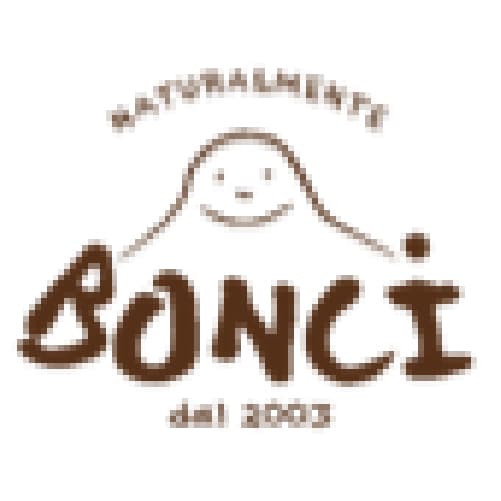
Forno Bonci
Bakery
Category: Fresh pasta, pastry and bakery products
Main products: Bread, pizza, bread of Lariano, bread of Genzano di Roma, sweets
Office: via Trionfale, 36 – Roma – Tel. 06 39734457 – contattaci@bonci.it

Grande Impero
Bakery
Category: Fresh pasta, pastry and bakery products
Main products: Durum wheat bread, eight seed bread, wholemeal bread, unsalted bread
Office: Via della Farnesina 272 – 00193 Roma – Tel. 0636308261 – info@grandeimpero.com
Web Site: https://www.grandeimpero.com/

Biscotti Gentilini
Confectionery industry founded in 1890
Category: Fresh pasta, pastry and bakery products
Main products:Biscuits, rusks, jams
Office: Via Tiburtina 1302 – 00131 Roma – Tel 064123571 – info@biscottigentilini.it
Web Site: https://shop.biscottigentilini.it/it/
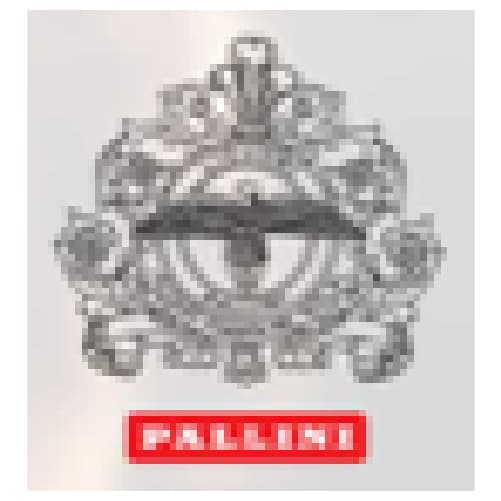
Pallini Liquori
Distillery
Category: Non-alcoholic drinks, spirits and liqueurs
Main products: Mistrà, Sambuca, Limoncello, syrups
Office: Via Tiburtina, 1314 – 00131 Roma RM – Tel 06 419 0344 – info@pallini.com
Web Site: https://www.pallini.com/

Carciofi Romaneschi
Farm. Production and processing of Roman artichokes
Category: Natural or processed plant products
Main products: Roman artichokes
Office: Vicolo dell’Aquila 19 – Roma – Tel. 340 5191704 – info@carciofiromaneschi.it
Web Site: http://www.carciofiromaneschi.it/

Azienda Agricola Cappelli
Production of blend and monocultivar extra virgin olive oil
Category: Fats (butter, margarine, oils)
Main products: Extra virgin olive oil
Office: Corso Umberto 67, 00010 – Montelibretti (RM) – Tel. 333.21.93.807 – info@aziendaagricolacappelli.it
Web Site: http://www.aziendacappelli.it/

La Tartaruga Sabina
Production of extra virgin olive oil Sabina Dop
Category: Fats (butter, margarine, oils)
Main products: Extra virgin olive oil Sabina DOP
Office: Strada Provinciale Pascolare, 164 – 00018 Palombara Sabina – Tel. +39 348 4763809 – info@oscosabinadop.com

Olio Petrucci
Production of extra virgin olive oil
Category: Fats (butter, margarine, oils)
Main products: Sabina DOP oil, Extra virgin olive oil, aromatic oil
Office: Via Spirito Santo 7 – Corese Terra, Fara in Sabina (RI) – tel. 0765 39478 – info@oliopetrucci.it
Web Site: https://www.oliopetrucci.it/
Recipes
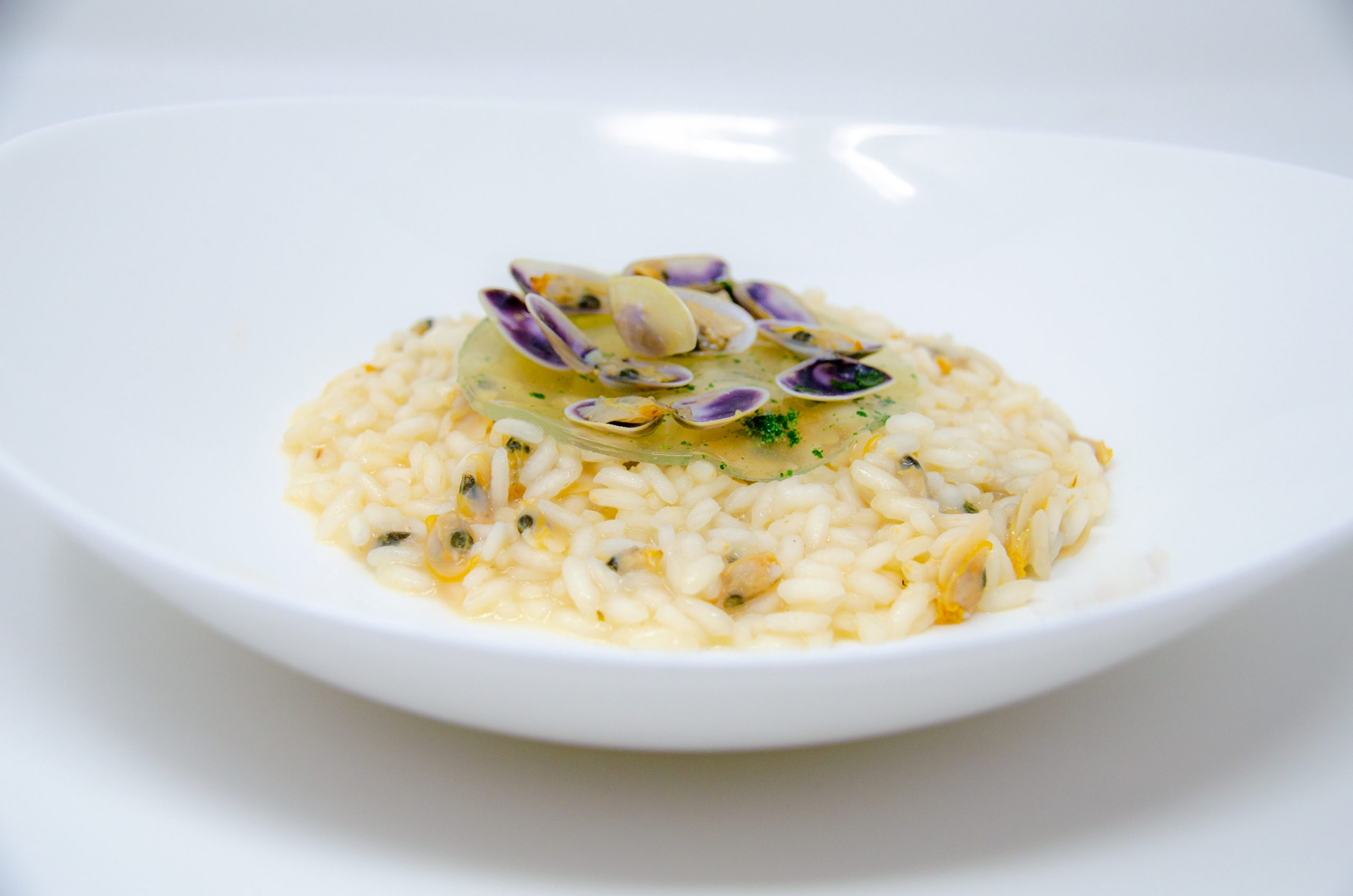
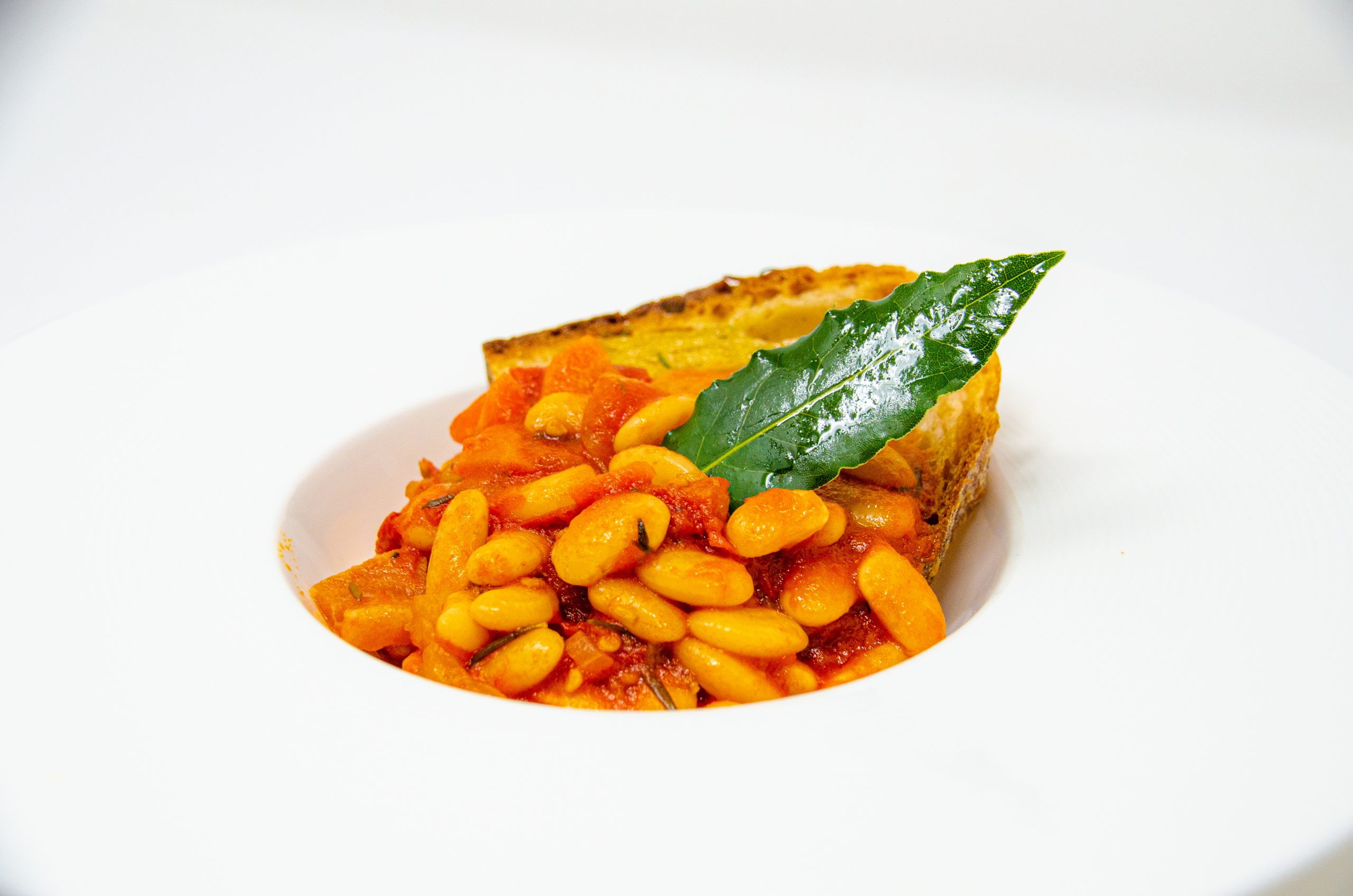 SEE THE RECIPE
SEE THE RECIPE
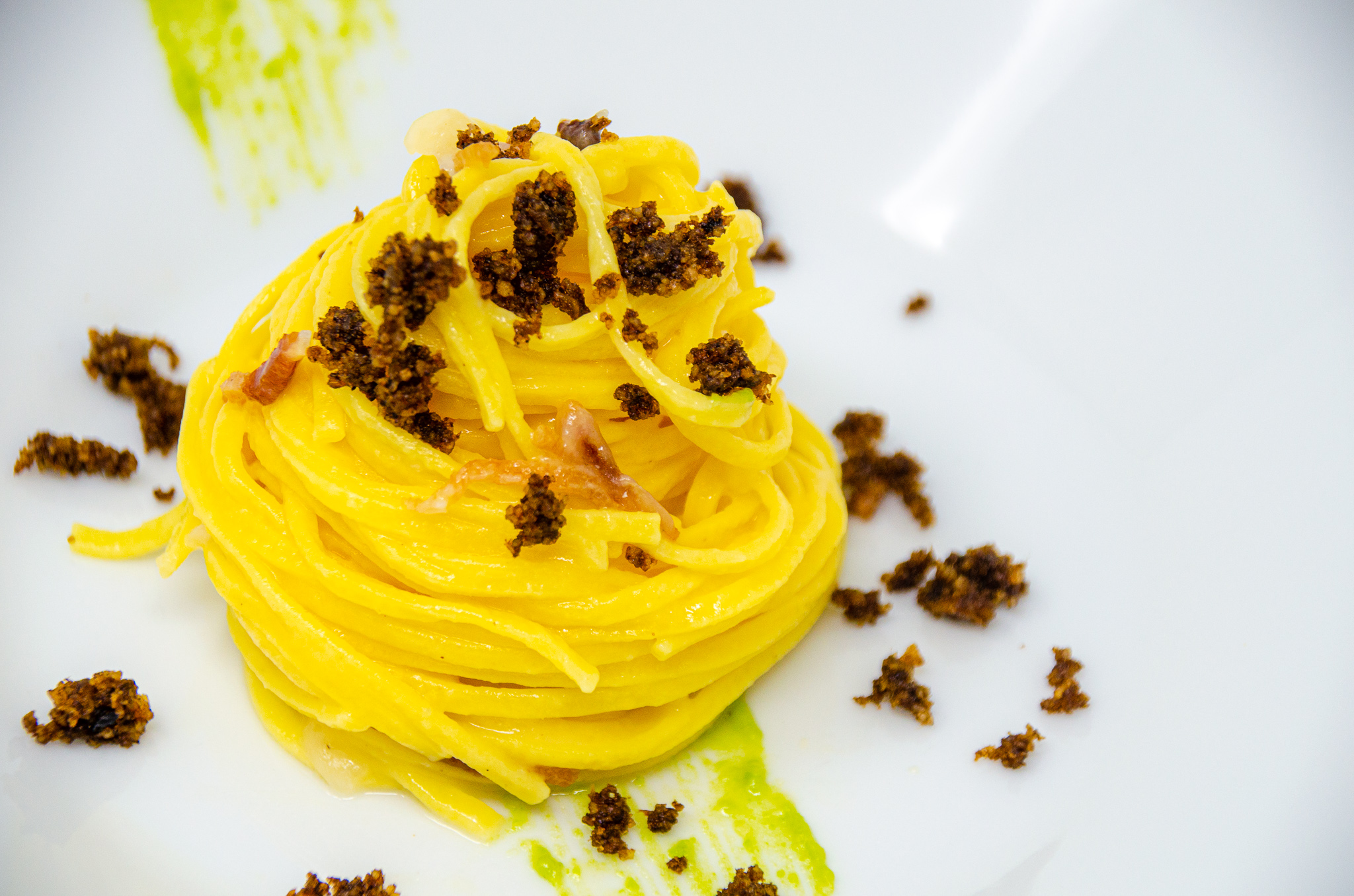 SEE THE RECIPE
SEE THE RECIPE
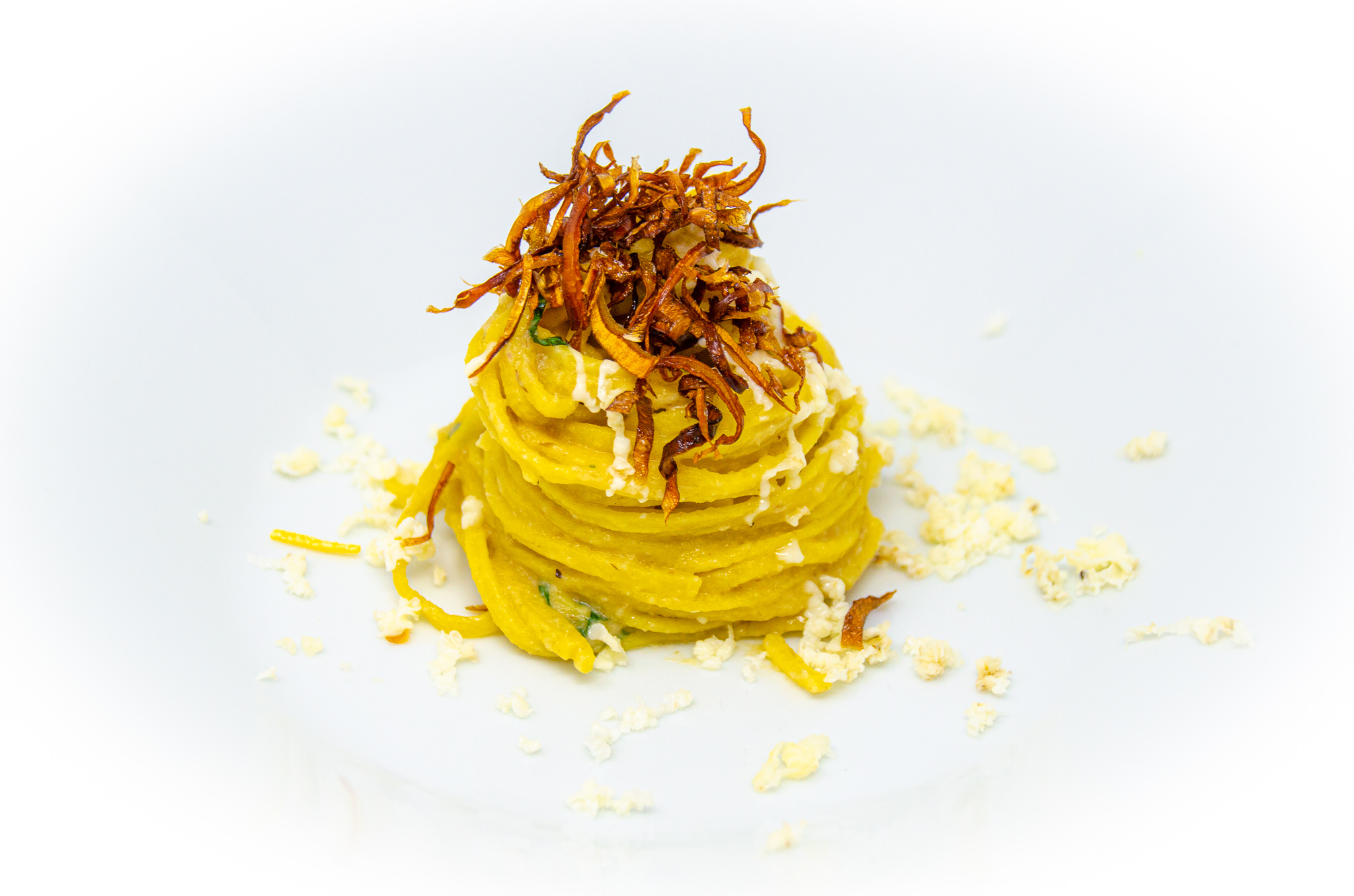 SEE THE RECIPE
SEE THE RECIPE
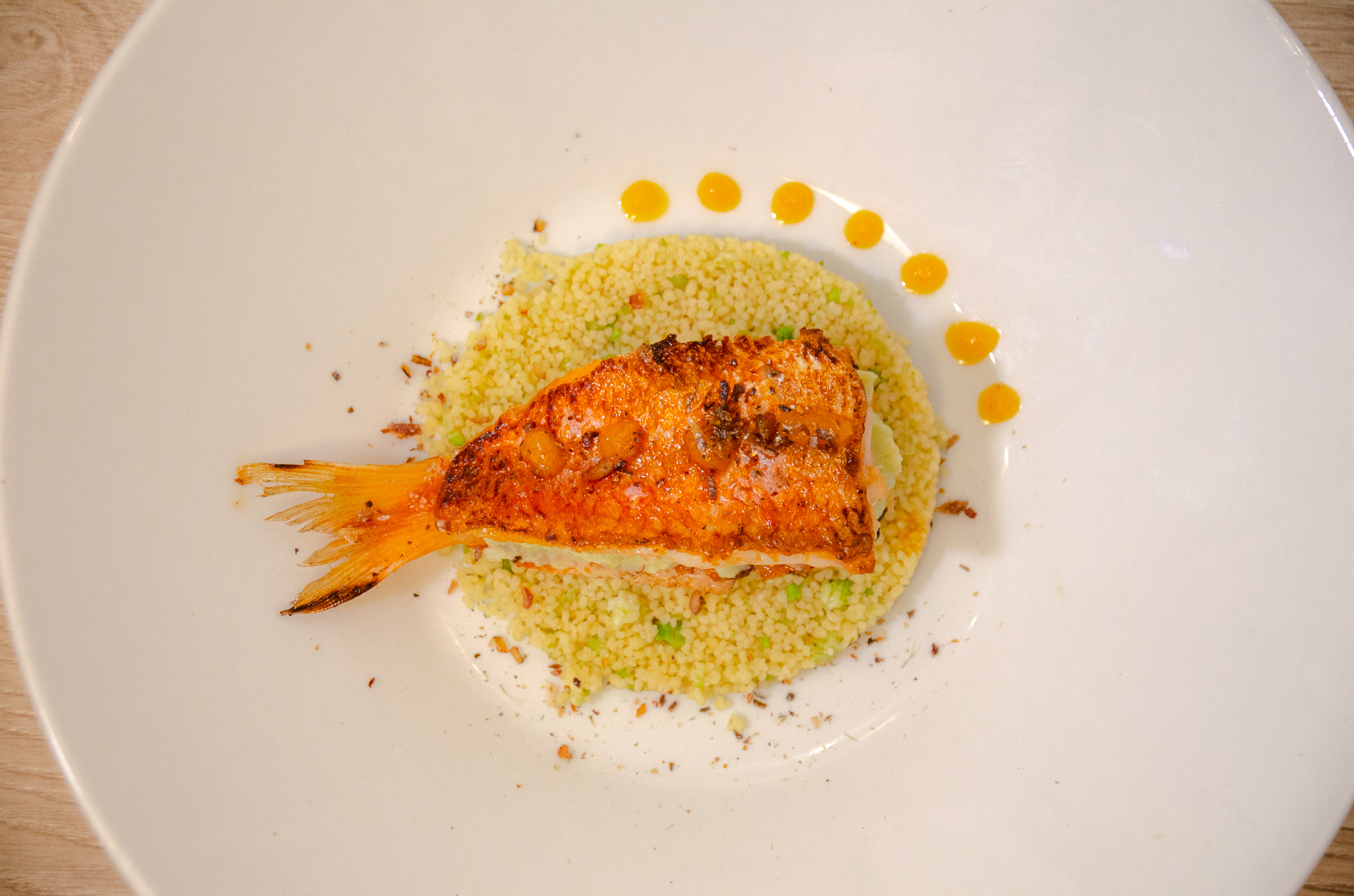 SEE THE RECIPE
SEE THE RECIPE
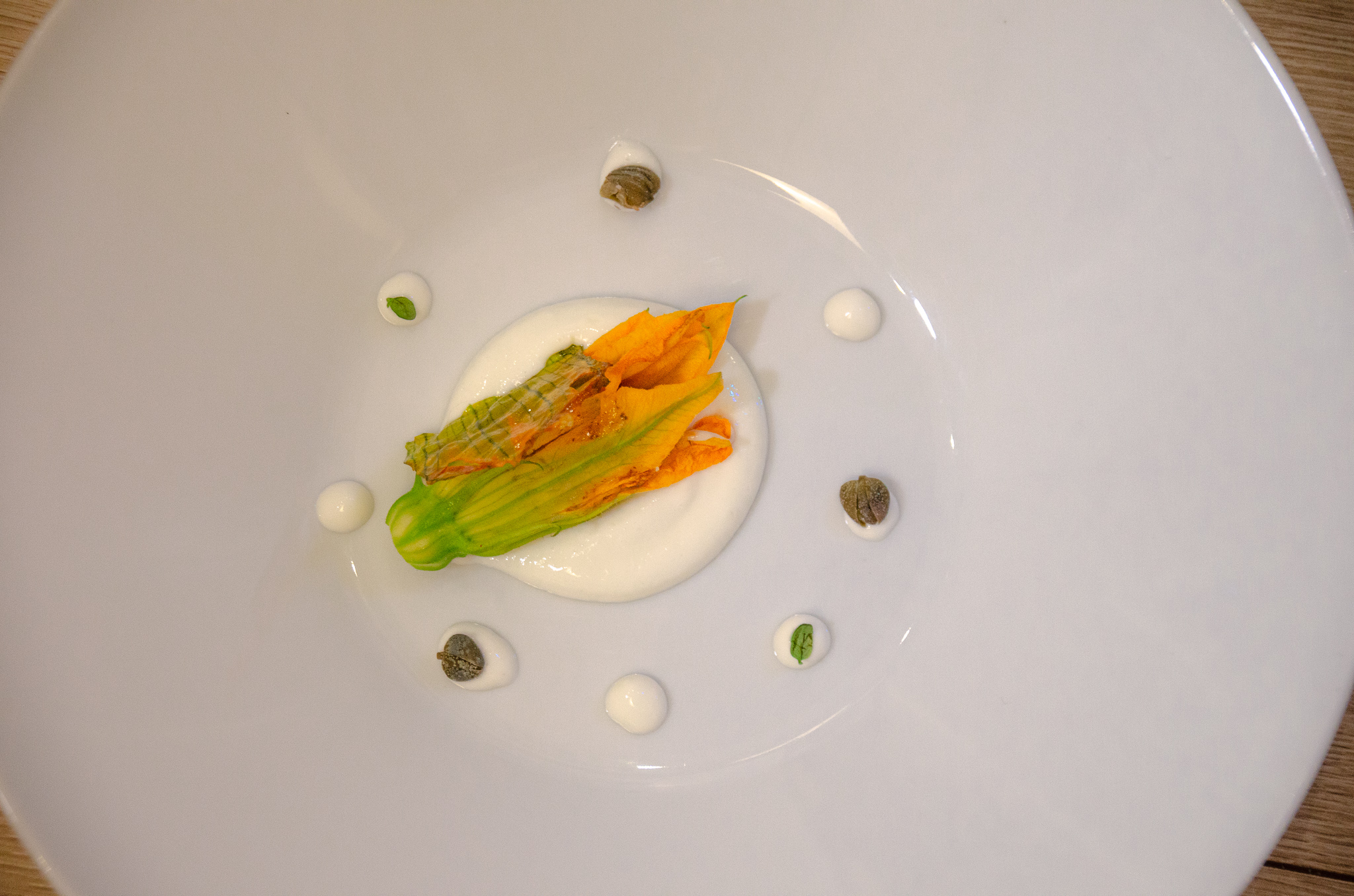 SEE THE RECIPE
SEE THE RECIPE
Litorale Romano
By ‘Roman coast’ we mean the stretch of coast that goes from Civitavecchia to Nettuno. In consideration of the geographical nature of the area, fish products are of great interest, including the cockle (Slow Food Presidium), whose fishing involves the coastal stretch that goes from Passo Scuro to Anzio.
Complesso lacuale di Bracciano e Monti Sabatini
With “Complesso lacuale di Bracciano e Monti Sabatini” it refers to the geographical area that extends around the lake of Bracciano.
The peculiarity of the area is certainly the lake fish. There are two species par excellence associated with Lake Bracciano: the coregone and the lattarino.
Castelli Romani e Monti Prenestini
The territory of the Castelli Romani and Monti Prenestini extends south of Rome and is included in the geographical areas identified as the Castelli Romani Park and the mountain community of the Castelli Romani and Monti Prenestini.
In this area there are numerous typical and traditional productions, many of which are certified with a Community or national quality mark.
Monti Lepini
The territory of the Monti Lepini falling within the Rome metropolitan area affects the municipalities that from Artena continue southwards to Carpineto. It boasts numerous known productions that mainly derive from the breeding of the black pig of the Monti Lepini.
Valle dell’Aniene
The territory of the Valle delle Aniene is attributable to the municipalities belonging to the mountain community of the same name, which extend from the peaks of the Simbruini and Lucretili Mountains to the plains adjacent to the Aniene.
Renowned for the production of legumes, it boasts a consistent number of bean species recognized as typical.
Roma e Valle del Tevere
By ‘Valle del Tevere’ we mean a large area that extends from the border with the Sabina to the south east of Rome where it borders the Valle dell’Aniene and the Castelli Romani and Monti Prenestini. In particular, in the north east of Rome, we find a very large oil production, which can also be found in the province of Rieti.
Intera area metropolitana di Roma
The typical products and excellences found throughout Rome and in the neighboring territories.
A PROJECT BY

WITH THE PATRONAGE OF


WITH THE CONTRIBUTION OF

TECHNICAL PARTNERS




